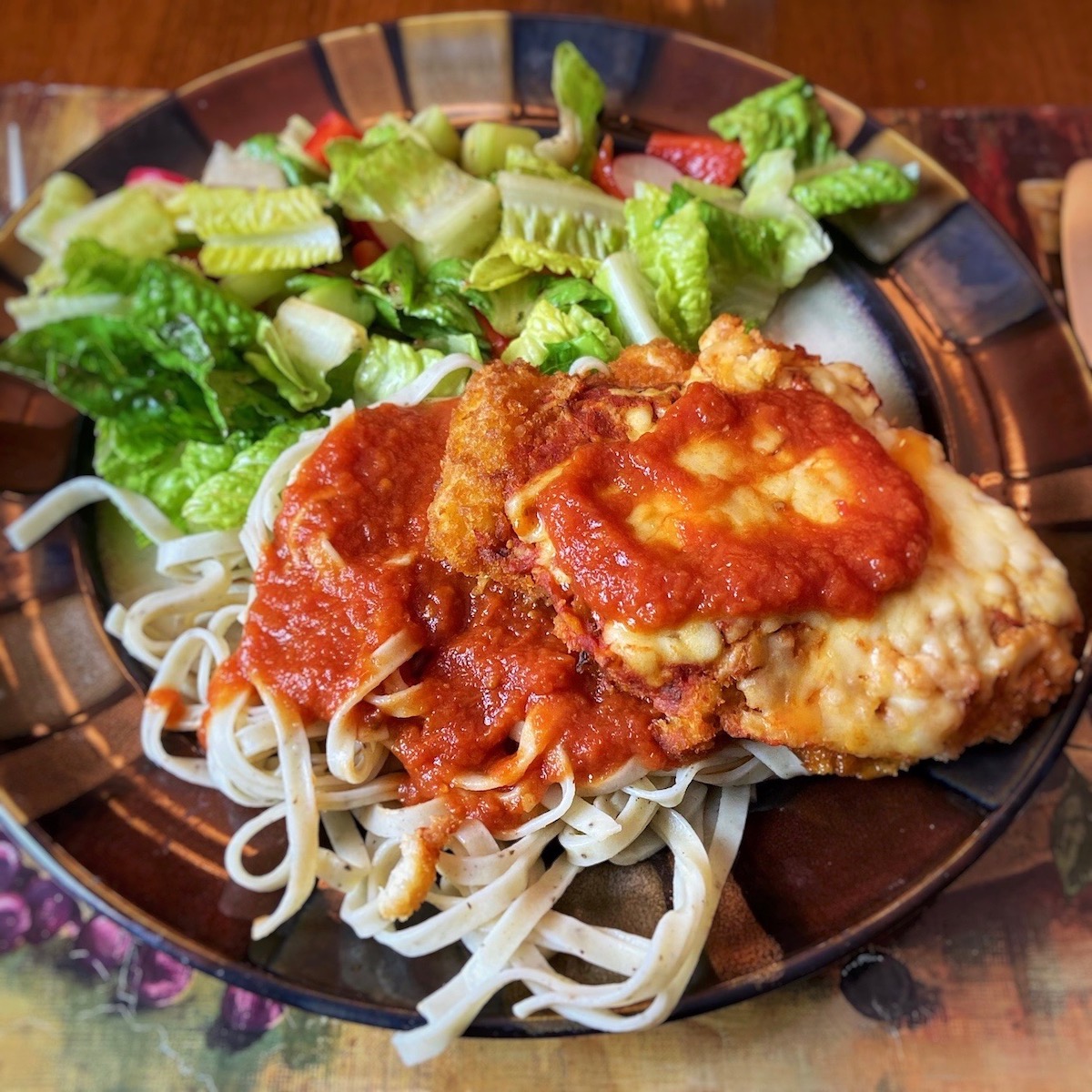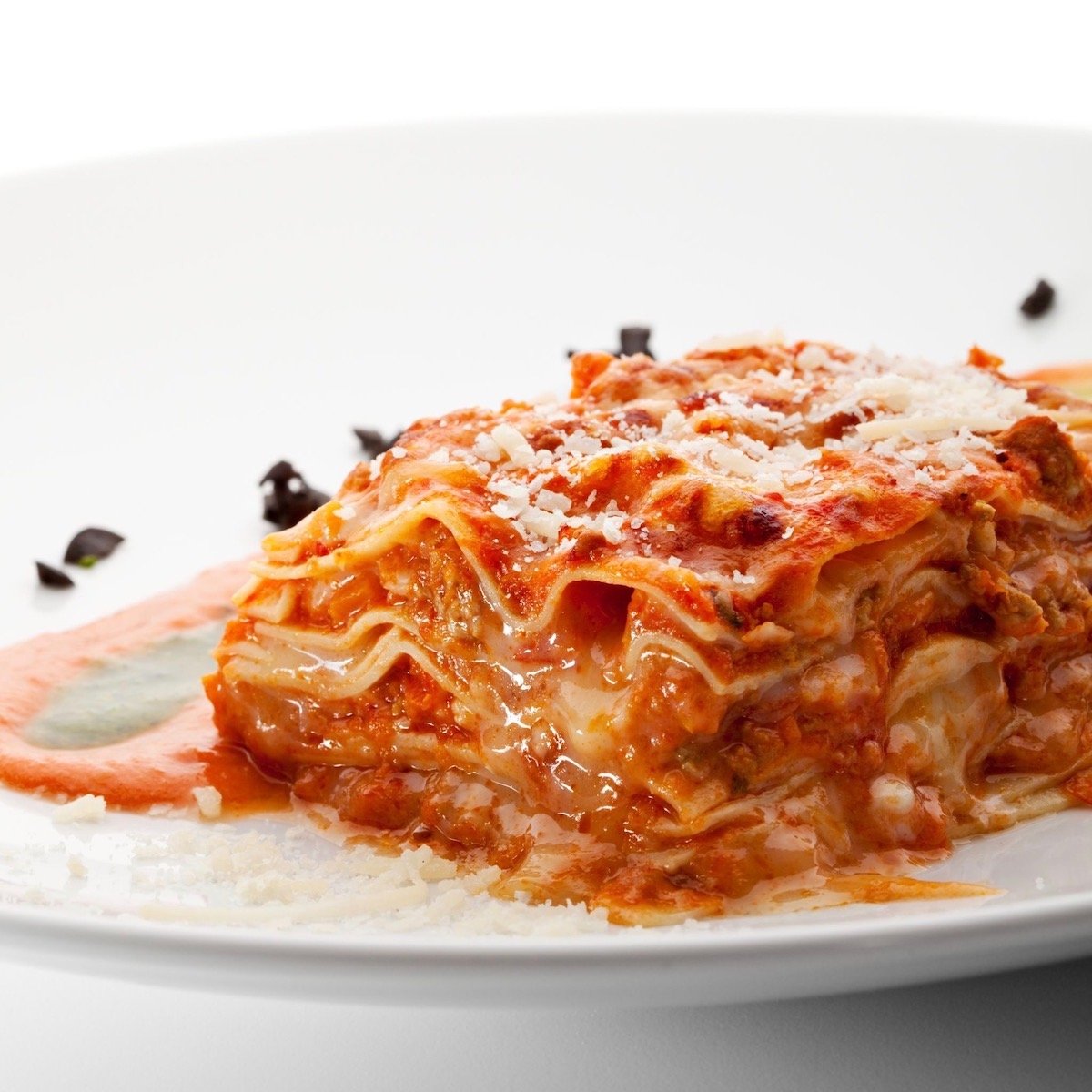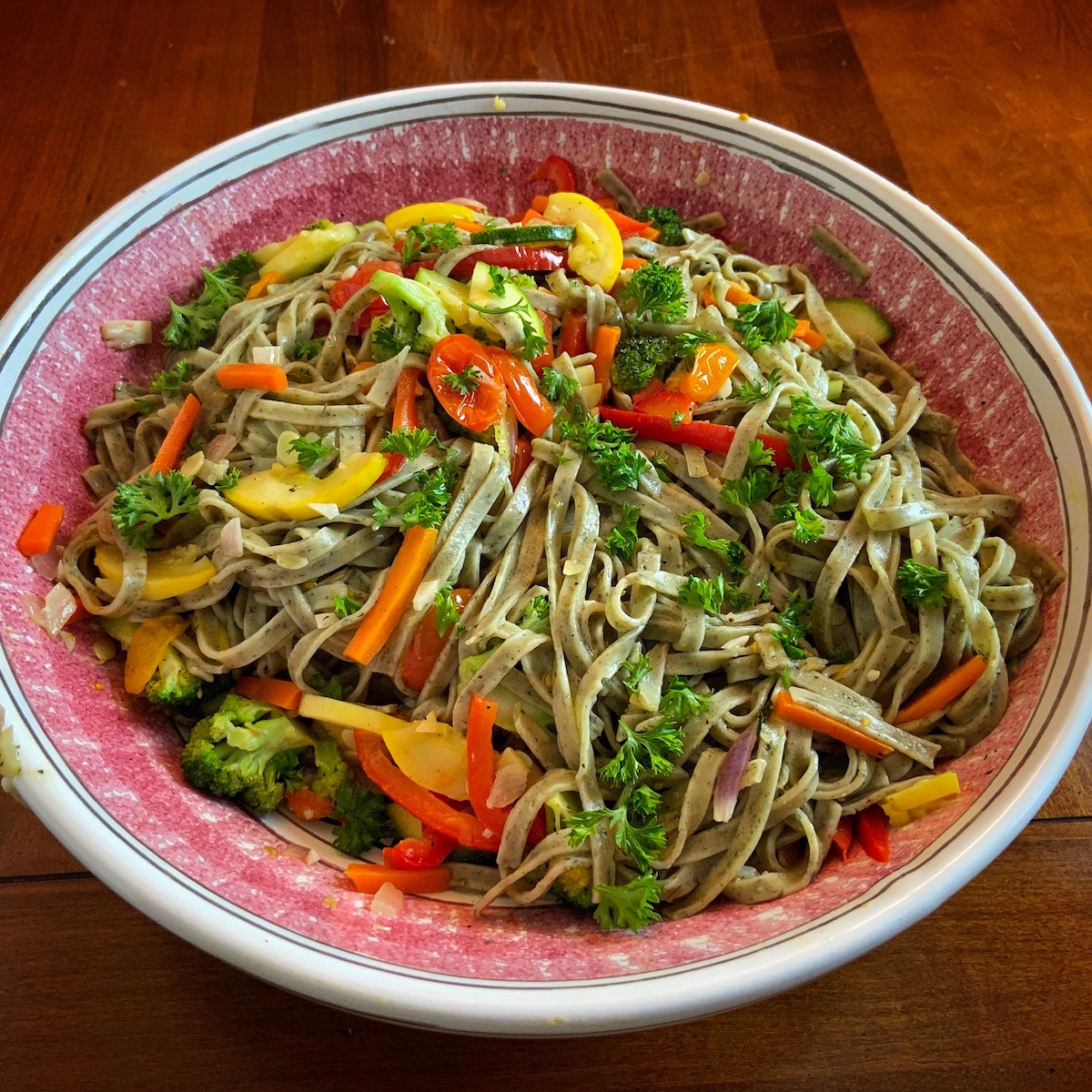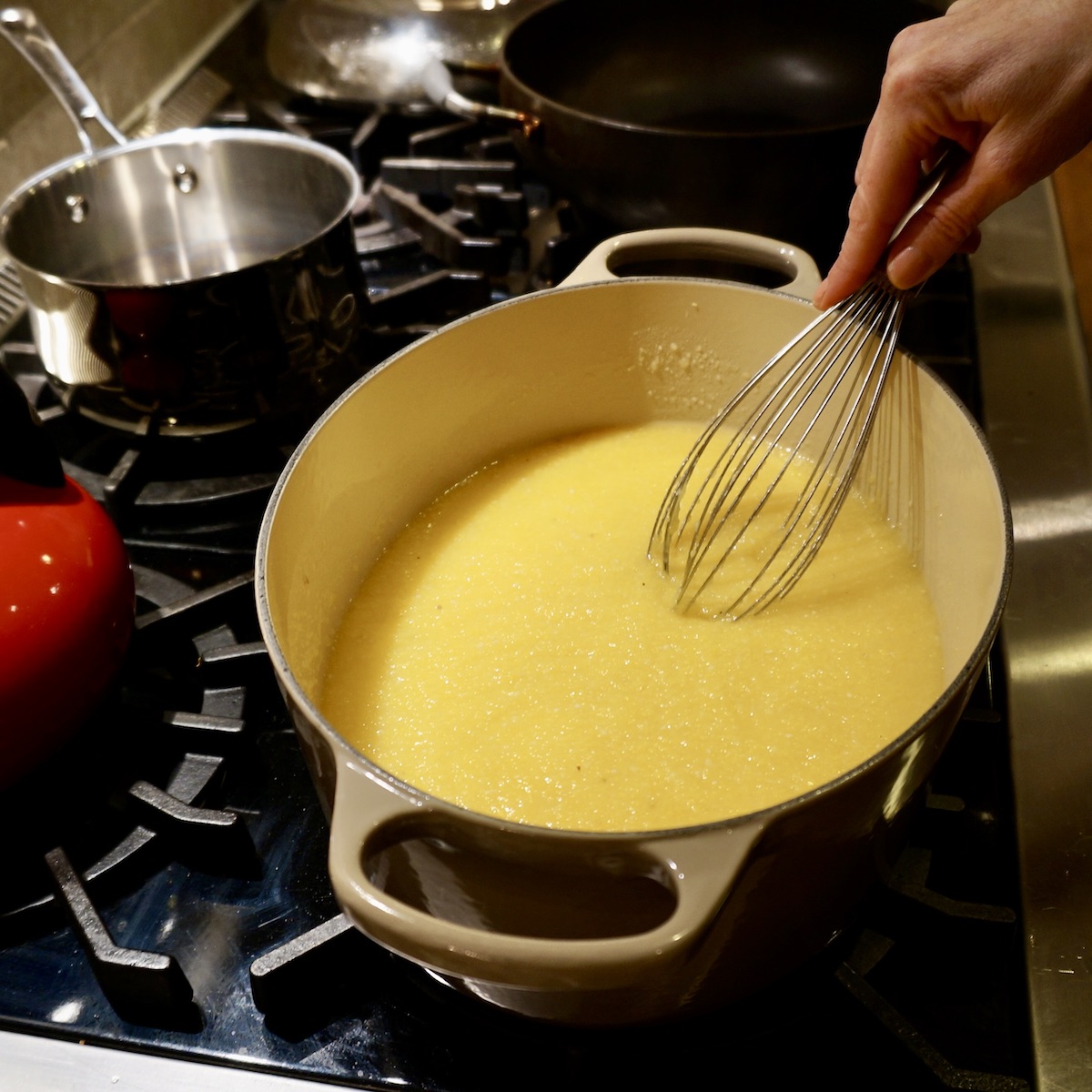Italian American Dishes Not Served in Italy
I am a huge fan of Italian food. And because I live in the United States, I also enjoy Italian American food because that’s what’s most available to us unless we make it ourselves.
I wanted to know the history of Italian American cuisine, how it originated, and if I would find them on my next visit to Italy. I’m guessing you already know the answer.
History
The history of Italian American cuisine is closely intertwined with the waves of Italian immigration to the United States, which began in the late 19th century and continued into the early 20th century. Italians came to the United States seeking better economic opportunities and escaping poverty, political turmoil, and overpopulation in their home country.
When Italian immigrants arrived in the United States, they brought with them their culinary traditions and regional recipes from various parts of Italy. However, due to factors such as the limited availability of ingredients, adaptation to local tastes, and the need to do what was accessible, Italian immigrants had to modify their traditional recipes and techniques to fit their new surroundings. This led to the emergence of what is now known as Italian American cuisine.
In the early days of Italian immigration, Italian Americans faced discrimination and struggled to maintain their cultural identity. Italian neighborhoods, known as “Little Italys,” began to form in cities like New York, Boston, and Chicago, becoming cultural and culinary hubs for the Italian community. These neighborhoods served as places where immigrants could gather, preserve their traditions, and share their recipes with one another.
A Combination of Ingredients
Italian American cuisine was a fusion of traditional Italian recipes and local American ingredients. Italian immigrants adapted their dishes based on what was available and affordable in their new surroundings. For example, pasta became a staple in Italian American cuisine due to its affordability and versatility, and variations such as spaghetti, meatballs, and baked ziti emerged.
Over time, Italian American cuisine gained popularity beyond the Italian community, becoming part of the mainstream American culinary landscape. Italian American dishes like pizza, lasagna, and eggplant Parmesan became household favorites nationwide.
The rise of Italian American cuisine was also facilitated by developing Italian American-owned businesses, such as grocery stores, restaurants, and pizzerias. These establishments played a significant role in popularizing Italian American dishes and introducing them to a wider audience.
Today
Today, Italian American cuisine continues to evolve and adapt. While many traditional recipes and techniques are still cherished and passed down through generations, newer generations of Italian Americans have also incorporated their own innovations and variations, creating a vibrant and diverse culinary tradition that reflects both Italian and American influences.
Italian American cuisine has become an integral part of American food culture, with Italian restaurants and pizzerias found in virtually every city and town across the United States. It has also influenced the broader American culinary landscape, with Italian flavors and ingredients being incorporated into a wide range of dishes beyond the realm of Italian cuisine.

Italian American Foods Not Found in Italy
Baked Ziti: Baked ziti is a popular Italian American dish that is not commonly found in Italy. It is a casserole-style pasta dish that typically consists of ziti pasta, tomato sauce, cheese (usually a combination of ricotta, mozzarella, and Parmesan), and sometimes added ingredients like meat or vegetables.
The dish is made by boiling ziti pasta until al dente, then combining it with a tomato-based sauce, often marinara or Bolognese sauce. The pasta is then mixed with ricotta cheese, sometimes seasoned with herbs like basil or oregano, and layered in a baking dish. Additional layers may include meat, such as ground beef or Italian sausage, and grated cheese like mozzarella and Parmesan. The dish is then baked in the oven until the cheese is melted and bubbly.
While there are similar dishes in Italian cuisine, such as pasta al forno or pasta al gratin, the specific combination of ingredients and the name “baked ziti” is not commonly found in Italy. Baked ziti is considered an Italian American creation that emerged from adapting traditional Italian recipes to American tastes and available ingredients.

While Caesar salad is widely enjoyed in the United States, it is not an Italian creation. The original Caesar salad was invented by an Italian-American restaurateur in Tijuana, Mexico, and has since become a popular American dish.
Calzone
Calzone is a folded pizza pocket filled with various ingredients such as cheese, meats, and vegetables. While calzones exist in Italy, they are typically smaller and less commonly consumed than their American counterparts.
Chicken Alfredo
While pasta with Alfredo sauce is enjoyed in Italy, adding chicken is not as common. In the United States, chicken Alfredo is a popular dish that combines grilled or sautéed chicken with a creamy Parmesan sauce served over pasta.

Chicken Parmesan, or Chicken Parmigiana, is a breaded and fried chicken cutlet topped with tomato sauce and melted cheese. While variations of breaded meat with tomato sauce exist in Italy, the specific combination of breaded chicken with melted cheese is more commonly associated with Italian-American cuisine.
One dish that you are less likely to find in an authentic Italian restaurant in Italy but commonly found in American Italian restaurants is Chicken Parmesan (or Chicken Parmigiana). While variations of breaded and fried meats with tomato sauce and cheese do exist in Italy, the specific combination of breaded chicken cutlets topped with tomato sauce and melted cheese is more closely associated with Italian American cuisine.
In Italy, the Parmigiana name is traditionally used for dishes made with eggplant (Melanzane alla Parmigiana) or veal (Cotoletta alla Parmigiana), where the ingredients are layered with tomato sauce and cheese, then baked or fried. However, the use of chicken, specifically breaded and fried chicken, in Chicken Parmesan is not as prevalent in traditional Italian cuisine.
Chicken Parmesan gained popularity in Italian American communities, particularly in the United States, where it became a staple dish on the menus of many Italian American restaurants. It is often served with spaghetti or other pasta, creating a hearty and flavorful meal.
While it’s possible to find variations of Chicken Parmesan in Italy due to its global popularity, it is not a widely recognized or typical Italian dish. Therefore, it may be less commonly found in traditional Italian restaurants in Italy compared to American Italian restaurants that cater to local tastes and preferences.

Fettuccine Alfredo is a rich pasta dish made with butter, cream, and Parmesan cheese. Italian immigrants popularized it in the United States and is not commonly found in Italy.
Garlic Bread
Garlic bread is a popular staple in Italian American cuisine, often served as a side dish or accompaniment to pasta dishes or soups. While it is not a traditional Italian dish, it has become widely associated with Italian American restaurants and households.
Garlic bread typically consists of sliced bread, often a baguette or Italian bread loaf, which is spread with a mixture of butter, minced garlic, and sometimes herbs like parsley. The bread is then baked or toasted until the butter melts and the bread becomes crisp and golden.
The origins of garlic bread in Italian American cuisine are not precisely known, but it is believed to have emerged as an adaptation of the traditional Italian bruschetta. Bruschetta is a dish where slices of bread are toasted or grilled and topped with ingredients like garlic, tomatoes, and olive oil. However, adding butter and the specific garlic bread preparation as it is known today is more associated with Italian American culinary traditions.
Garlic bread has become a popular accompaniment to pasta dishes, soups, and other Italian American favorites. It adds a savory and aromatic element to the meal, complementing the flavors of the main dishes. While it is not a traditional Italian recipe, garlic bread has become a beloved and widely recognized component of Italian American cuisine.
Italian Dressing
Italian dressing is a type of salad dressing that is commonly found in the United States. It is a tangy and flavorful dressing that typically combines ingredients such as olive oil, vinegar (often white wine vinegar or red wine vinegar), herbs (such as oregano, basil, or parsley), garlic, and sometimes grated Parmesan cheese.
Despite its name, Italian dressing as it is known in the United States is not a traditional Italian dressing. Italian cuisine features a wide variety of regional dressings and vinaigrettes, but the specific combination of ingredients found in Italian dressing is not a standard part of Italian culinary traditions.
Italian dressing, as we know it today, was originally created in the United States by Italian immigrants or Italian American entrepreneurs who sought to offer a flavorful and versatile salad dressing. It gained popularity in the mid-20th century and became a common option in American households and restaurants.
Italian dressing is known for its tangy and herb-infused taste, which adds zest to salads and other dishes. It has become a widely available and recognizable salad dressing in the United States. It is often found in grocery stores and used in various recipes beyond salads, such as marinades for meats or as a dipping sauce.
While Italian dressing is not a traditional Italian condiment, its popularity, and versatility have made it a familiar and widely enjoyed component of American cuisine.

Lasagna is another popular Italian American dish with roots in Italian cuisine but has evolved into its own distinct variation in the United States.
In Italy, lasagna (pronounced “lah-ZAHN-yah”) is a traditional pasta dish that consists of layers of flat pasta sheets, typically made from durum wheat semolina, with various fillings such as ragù (a meat-based sauce), béchamel sauce, grated Parmesan or pecorino cheese, and sometimes vegetables like spinach or zucchini. The dish is typically baked until the pasta is cooked and the top layer is golden and slightly crispy.
Italian American lasagna, while inspired by the Italian version, often differs in its ingredients and preparation. In the United States, lasagna typically features wider pasta sheets, such as those known as “lasagna noodles” or “lasagna sheets,” which are readily available in grocery stores.
The fillings may include a meat sauce (often a combination of ground beef and Italian sausage), ricotta or cottage cheese, mozzarella cheese, and tomato sauce. The layers are assembled in a baking dish and then baked until the cheese is melted and the top is browned.
Italian American lasagna has become immensely popular and is often associated with comfort food and festive occasions. It is commonly served at family gatherings, holidays, and special events. It has also been adapted and personalized by various regions and families in the United States, each adding unique twists, such as vegetables, cheeses, or alternative sauces.
While Italian and Italian American lasagna shares a similar concept of layering pasta with sauces and cheeses, each version’s specific ingredients and techniques can vary significantly. Italian American lasagna has become a distinct and beloved dish in its own right, reflecting the cultural fusion and culinary evolution of Italian cuisine in the United States.

Meatball Sub
The meatball sub is a sandwich filled with meatballs, marinara sauce, and cheese, usually served in a long roll or baguette. While variations of meatball sandwiches exist in Italy, the specific concept of the meatball sub is more prevalent in American Italian cuisine.
It’s important to note that American Italian dishes have often evolved and taken on their own unique variations, influenced by Italian cuisine but distinct in their own right.
Pepperoni Pizza
While pizza is a beloved Italian creation, pepperoni pizza, commonly known in the United States for its spicy cured sausage topping, is not traditionally found in Italy. Pizza is typically topped in Italy with mozzarella, tomatoes, basil, and local meats.

Pasta Primavera is a dish that consists of pasta tossed with fresh vegetables, often in a creamy sauce. While the concept of incorporating seasonal vegetables into pasta dishes exists in Italy, the specific dish known as Pasta Primavera was created in the United States.
Penne alla Vodka
Penne alla Vodka is a popular Italian American pasta dish that combines penne pasta with a creamy tomato sauce infused with vodka. While it is often associated with Italian cuisine, its origins trace back to Italian American culinary traditions rather than traditional Italian recipes.
The exact origin of Penne alla Vodka is unclear, but it is believed to have emerged in Italian American restaurants in the United States in the mid-20th century. It is thought to have been created as a way to incorporate vodka, a trendy ingredient at the time, into pasta dishes. The dish gained popularity and became a fixture in Italian American cuisine.
The preparation of Penne alla Vodka typically involves cooking penne pasta until al dente and then combining it with a sauce made from tomato, cream, vodka, and often garlic and onions. The vodka is added to the sauce, which helps enhance the tomatoes’ flavors and create a unique taste. The dish is then served with grated Parmesan or Pecorino cheese.
It’s worth noting that Penne alla Vodka is not a traditional Italian pasta dish. In traditional Italian cuisine, pasta sauces rarely incorporate vodka. However, Italian American cuisine has been characterized by its ability to adapt and incorporate new ingredients and flavors, reflecting the culinary creativity and fusion of Italian immigrants in the United States.
Penne alla Vodka has become a beloved and widely enjoyed dish in Italian American restaurants and households. Its creamy and flavorful sauce, combined with the satisfying texture of penne pasta, has made it a popular choice among pasta enthusiasts. While not rooted in traditional Italian cuisine, Penne alla Vodka represents the innovation and evolution of Italian American culinary traditions.

Polenta is a traditional Italian dish that has also been embraced in Italian American cuisine. It is a porridge-like dish made from coarsely ground yellow or white cornmeal.
In Italy, polenta has a long history and is particularly associated with the northern regions, such as Lombardy, Veneto, and Friuli-Venezia Giulia. It was historically a staple food for peasants and was traditionally made by slowly cooking cornmeal in water or stock until it thickened into a creamy consistency. Polenta was typically served as a base for various toppings or accompaniments, such as stews, sausages, or cheese.
Italian American immigrants brought their love for polenta to the United States and continued to prepare and enjoy it as part of their culinary heritage. However, due to differences in corn varieties and availability, the texture and preparation of polenta in Italian American cuisine may vary from the traditional Italian version.
In Italian American cuisine, polenta is often cooked to a thicker consistency and allowed to cool and solidify. Once set, it can be sliced into pieces or cut into shapes and then grilled, baked, or fried until golden and crispy. These polenta cakes can be served as a side dish, topped with sauces or ingredients like mushrooms, cheese, or tomato-based sauces.
Polenta has become a versatile ingredient in Italian American cooking, appearing in dishes such as polenta fries and polenta lasagna or as a substitute for bread or pasta. It offers a comforting and hearty meal element and has gained popularity beyond Italian American households, appreciated for its versatility and ability to be paired with various flavors and ingredients.
While polenta has its roots in traditional Italian cuisine, it has also been embraced and adapted in Italian American cooking, reflecting the influence of Italian immigrants on American culinary traditions.
Sausage and Peppers
Sausage and peppers is a classic Italian American dish that combines Italian sausage with sautéed bell peppers and onions. While it has become a staple in Italian American cuisine, its origins can be traced back to the culinary traditions of southern Italy.
In Italy, sausages, particularly varieties like salsiccia or luganega, are commonly consumed. The combination of sausage with peppers and onions is a popular pairing in the southern regions of Italy, where bell peppers are abundant and often used in cooking. However, the specific preparation of sausage and peppers as it is known in Italian American cuisine has its roots in the immigrant communities that settled in the United States.
Italian American immigrants brought their culinary traditions to America, adapting and evolving their dishes to incorporate local ingredients and preferences. Sausage and peppers became popular, with Italian sausages cooked alongside bell peppers and onions for a flavorful and hearty dish.
The dish is typically made by sautéing or grilling Italian sausages until they are browned and cooked through. The sausages are then sliced and cooked together with bell peppers and onions, seasoned with garlic, herbs, and sometimes tomato sauce. The result is a dish that combines the sausage’s savory and slightly spicy flavors with the sweetness of the peppers and the aromatic onions.
Sausage and peppers are often served as a main course, either on their own or accompanied by pasta, rice, or crusty bread. It is a popular choice at Italian American festivals, street fairs, and family gatherings, where it is often prepared in large quantities.
Sausage and peppers have become an iconic and beloved dish in Italian American cuisine, representing the fusion of Italian culinary traditions with American ingredients and tastes. It showcases the adaptability and creativity of Italian American cooks and remains a flavorful and satisfying classic in Italian American households and restaurants.

While spaghetti and meatballs are Italian staples, the combination of serving them is not as prevalent in Italy. In the United States, spaghetti and meatballs is a classic Italian-American dish.
Do Italians Eat Pasta with Just Butter?
Growing up, my mom would serve us pasta with just butter so I wondered if Italians have something similar.
Italians do eat pasta with just butter as a simple and basic preparation known as “pasta al burro” or “pasta burro e parmigiano.” It is a straightforward dish that showcases the flavors of pasta and butter.
To make pasta al burro, cooked pasta is tossed with melted butter until well-coated. The butter adds richness and a creamy texture to the pasta. Grated Parmesan cheese may also be sprinkled on top or mixed into the pasta for added flavor. The cheese melts slightly from the heat of the pasta, further enhancing the taste.
Pasta al burro is often enjoyed by children or as a quick and easy option when other ingredients or sauces are not readily available. It serves as a humble and comforting meal, allowing the simple flavors of pasta and butter to shine.
Where Did the Red and White Checkered Tablecloth Come From?
Pepperoni PizzaWe rarely dined out as a kid except for special occasions like birthdays and graduations. One of my favorite restaurants for those occasions was an Italian American restaurant called Rudys. I fondly remember eating American Italian food at a table covered in a red and white checkered tablecloth.
The red and white checkered tablecloth commonly found in many American Italian restaurants is often associated with a nostalgic and stereotypical depiction of Italian culture. However, its origins are not directly tied to Italy but rather to Italian American immigrant communities in the United States.
The use of red and white checkered tablecloths can be traced back to the late 19th and early 20th centuries when Italian immigrants began opening their own restaurants and eateries in America. Many of these establishments aimed to recreate a sense of familiarity and nostalgia for the Italian immigrants, reminiscent of the casual trattorias and osterias found in their homeland.
In Italy, checkered tablecloths were not necessarily ubiquitous in traditional Italian dining establishments. However, these tablecloths were readily available and affordable in the United States, making them a popular choice for Italian American restaurant owners who wanted to create an inviting and rustic atmosphere.
Over time, the red and white checkered tablecloth became strongly associated with Italian American restaurants and the overall ambiance they sought to create. It symbolized the cozy, family-friendly atmosphere often found in these establishments.
Today, the red and white checkered tablecloth has become somewhat of a nostalgic trope in American Italian restaurant decor. While not all Italian restaurants use this type of tablecloth, it has become a recognizable and nostalgic element that evokes a sense of familiarity and tradition for many patrons.
It’s important to note that this tablecloth is more of an American cultural phenomenon rather than an authentic representation of Italian dining traditions. It reflects the unique adaptation and evolution of Italian cuisine and culture within the context of Italian American immigrant communities in the United States.
Ten Fun Facts About Italian American Cuisine
- Italian American cuisine is influenced by the diverse regional cuisines of Italy. Italian immigrants hailed from different parts of Italy, bringing their unique culinary traditions to the United States. As a result, Italian American cuisine varies across different regions and communities
- Italian American cuisine is adapted to the ingredients available in the United States. Traditional Italian recipes were modified to use locally sourced ingredients, creating unique dishes and flavors.
- Other cultures and cuisines in the United States have influenced Italian American cuisine. For instance, Italian American dishes often incorporate elements from American, Jewish, and African American culinary traditions.
- Italian American women played a significant role in preserving and passing down family recipes, culinary techniques, and food traditions, ensuring the continuity of Italian American cuisine.
- Italian American cuisine strongly emphasizes family and communal dining. Meals are often shared with loved ones and served in generous portions to encourage interaction and conviviality.
- Italian American cuisine has profoundly impacted American food culture. Dishes like pizza, pasta, and meatballs have become staples in the American culinary landscape and are enjoyed by people of various backgrounds.
- Italian American immigrants opened numerous restaurants and pizzerias, introducing their cuisine to a wider audience. Italian American restaurants became popular gathering places, contributing to the widespread appreciation of Italian American cuisine.
- Italian American cuisine has evolved through fusion and innovation. It blends Italian flavors and techniques with American ingredients and influences, resulting in spaghetti, meatballs, or chicken Parmesan.
- Some dishes associated with Italian American cuisine, such as Caesar salad and chicken Marsala, were actually created by Italian American chefs or adapted from Italian recipes to suit American tastes.
- Italian American communities actively celebrate their food heritage through festivals, feasts, and culinary events. These occasions showcase Italian American dishes, promote cultural exchange, and preserve culinary traditions for future generations.
These facts demonstrate the rich and evolving nature of Italian American cuisine, reflecting the immigrant experience, cultural assimilation, and the dynamic culinary landscape of the United States.















